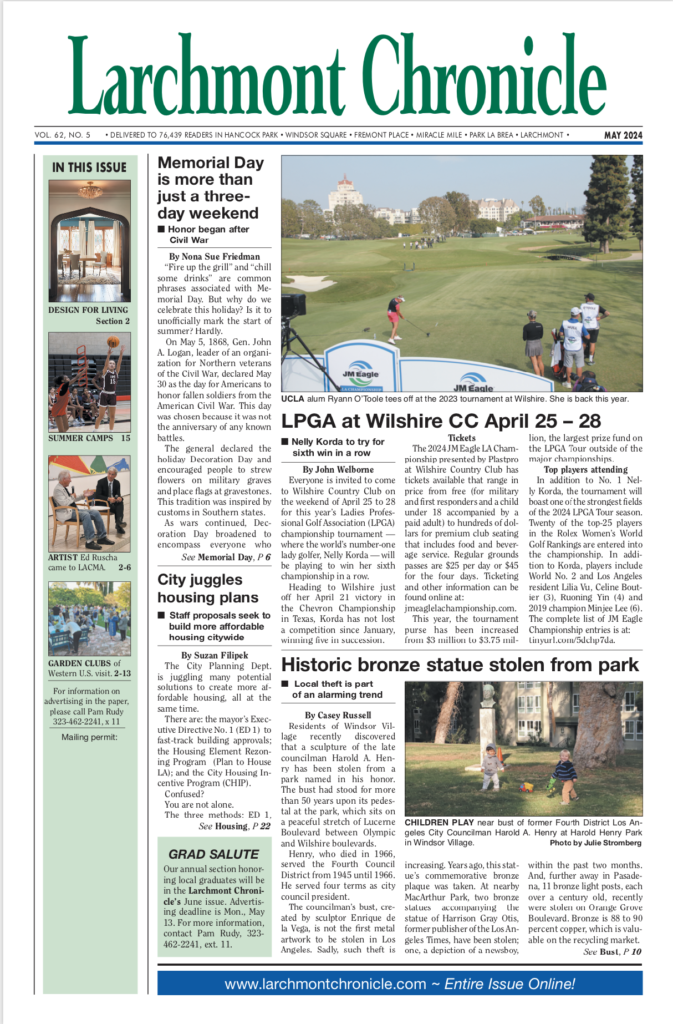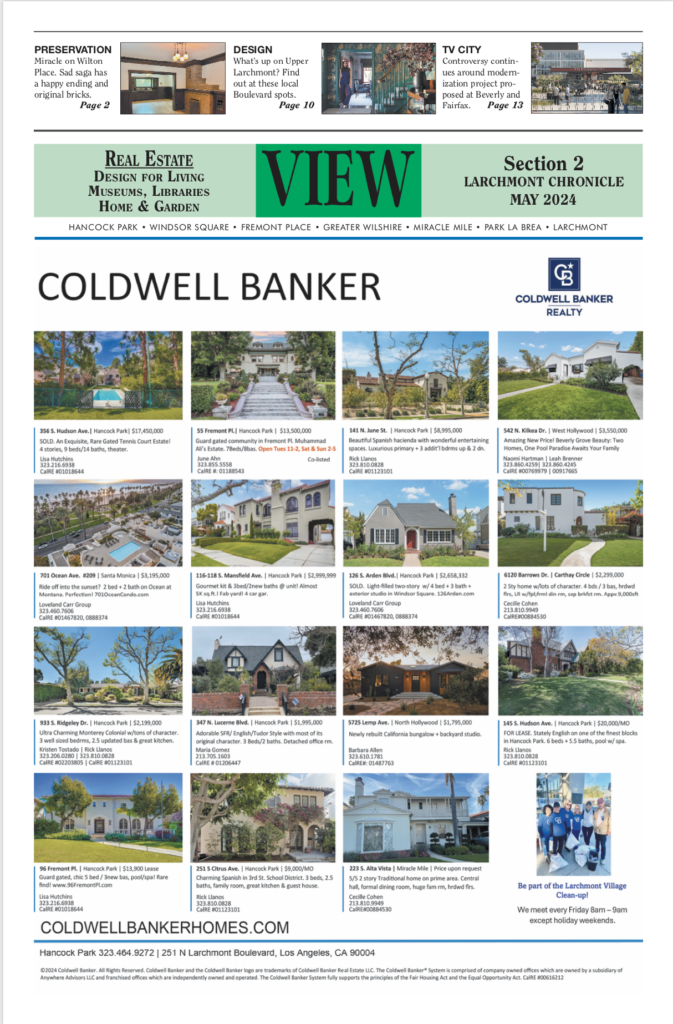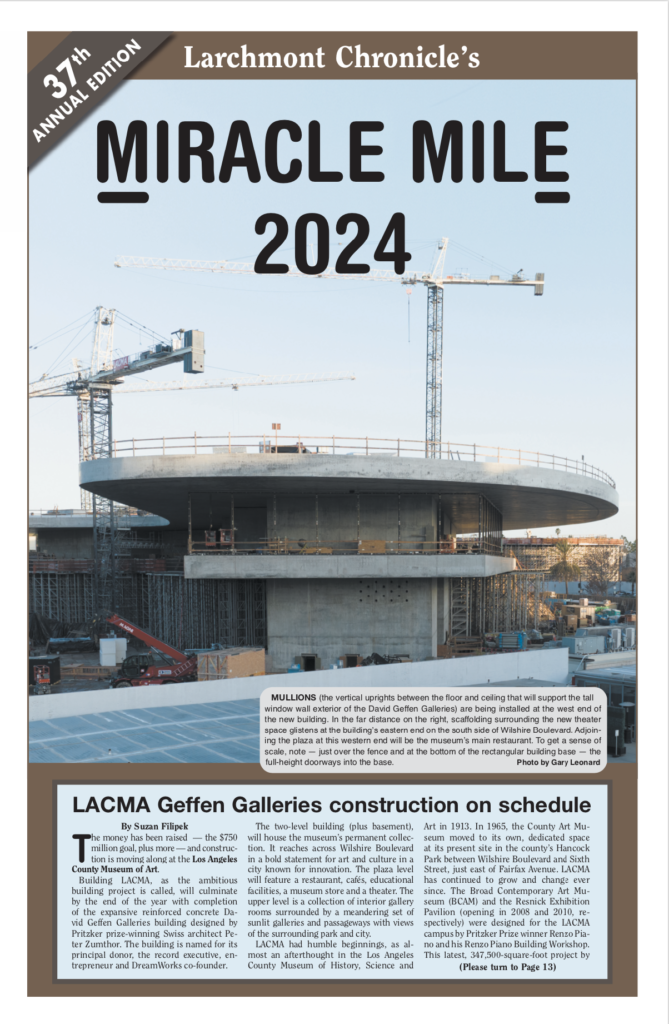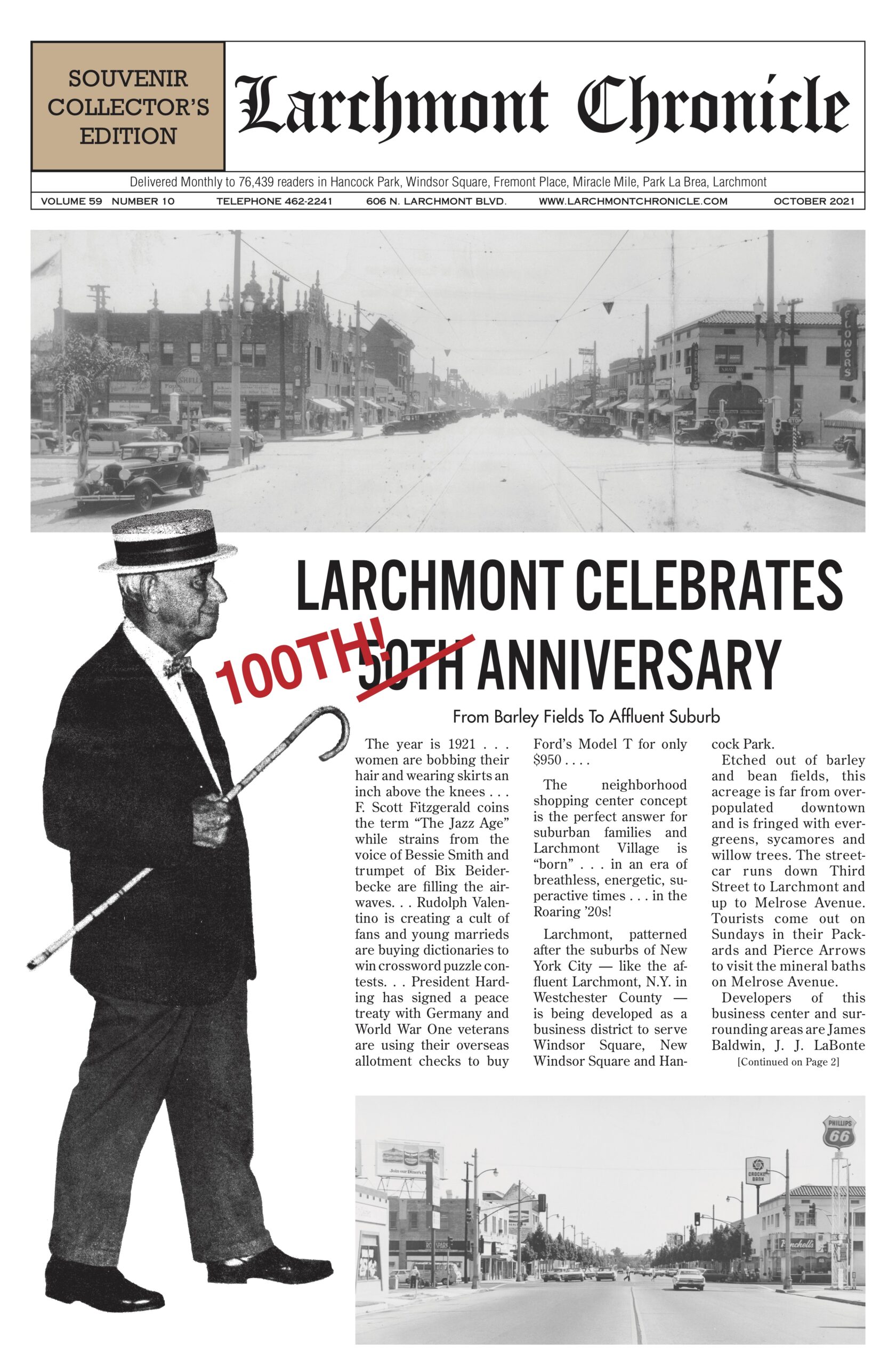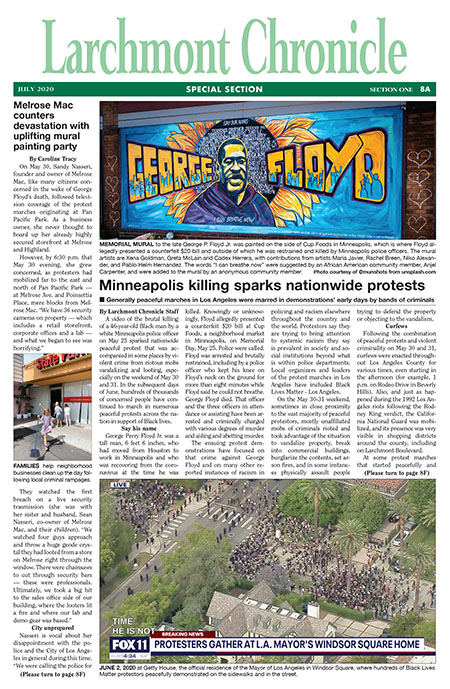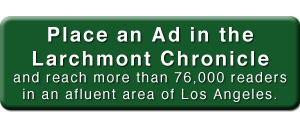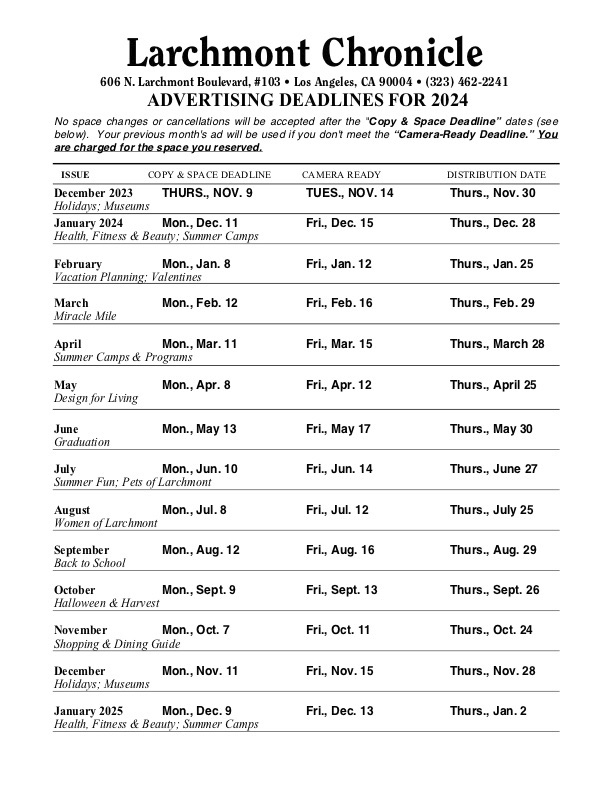History will be made in Miracle Mile, probably

COUNCILMAN David Ryu addresses the crowd at the MMRA meeting at the Korean Cultural Center on Wilshire Blvd.
Miracle Mile has hit a bump on its road to historic preservation. Many residents carried red “No HPOZ” (Historic Protection Overlay Zone) signs to the Miracle Mile Residential Association (MMRA) annual meeting last month, protesting the effort underway to protect the area from mansionization and tear downs of early 20th-century Period Revival-style homes.
“It was an interesting day, unlike anything I have seen in 20 years of my attendance at annual meetings. It was a bit of a flash mob… but we believe all’s well that ends well,” said MMRA president Jim O’Sullivan.
Councilman David Ryu addressed the crowd, and, he subsequently met with the city Office of Historic Resources staff and community members on both sides of the argument for and against adopting an HPOZ. Another meeting was planned after the Chronicle went to press, in time for a hearing at the City Planning Commission Thurs., Dec. 8. City Council will have final say about approval of the ordinance.
“Councilmember Ryu is generally supportive of the HPOZ; however, he is committed to finding compromise from those who support it and from those who do not,” said Estevan Montemayor, Ryu’s director of communications.
Alarmed that area homes were being demolished and replaced with ones too large for their lots, neighbors ignited a vigorous grass roots campaign two years ago. Mailings went out to the Mile’s 1,400 properties. Public hearings were held, and, a historic resources survey found 80 percent of the structures qualify for the city historic preservation designation, according to Mark Zecca, chair of the Miracle Mile HPOZ committee.
In spite of the outreach, Realtor Jay Schoenfeldt says he first heard about the proposed measure just a few months ago. Subsequently, a “saynohpoz” website was born, and opposition has mounted. Schoenfeldt suggests new city zoning would better protect the historical integrity of the Mile.
“I’d like to see some alternatives that others have had that prevent mansionization but leave property rights intact,” Schoenfeldt said.
These “alternatives” include the city’s redrafting of a Baseline Mansionization Ordinance (BM0), and new R-1 Variation Zones.
Another resident, Henry van Moyland, a U.K. native who has restored historic buildings across the pond, says the HPOZ’s Preservation Plan is too prohibitive and would limit owners from receiving the full financial benefit of their real estate.
Not so, says Ken Bernstein, manager, Office of Historic Resources, which governs the city’s HPOZs.
“The HPOZ’s Preservation Plan provides flexible guidelines to allow for changes and additions that meet the goals of individual property owners, while still protecting the historic character of the neighborhood.
“Across the city, our 30 existing HPOZs have typically experienced positive impacts on property values, as many potential homebuyers seek the unique historic authenticity and stable neighborhood character found in a historic district.”
The alternatives suggested — the BMO and R-1 Variation Zones — address massing and scale of new construction. In contrast, HPOZs protect the neighborhood’s cohesive character, Bernstein added.
Obtuse language
According to the MMRA November newsletter, the opponents’ “campaign has played fast and loose with the facts, but their one accurate and salient attack was aimed at the somewhat obtuse language in the draft Preservation Plan, which serves as the design guidelines for the HPOZ.
“The devil is always in the details, and both sides agreed that the language in the Preservation Plan, as written, was too ambiguous and could be interpreted to be more restrictive than desired,” says the newsletter.
To address these concerns, Bernstein and his staff are busy reworking the 78-page Preservation Plan and addressing a dozen issues agreed to by opponents and proponents alike.
They include no regulation of paint colors, grandfathering property exteriors, allowing for sensitive second-story additions and modern design in some cases, and guidelines that only will apply to what is visible from the street.
“I am confident we will achieve a balanced plan for the area. We are all neighbors and want to protect the charm of the area. The ICO (interim control ordinance) expires in March. Without a plan in place, the Miracle Mile will be naked and vulnerable to these developers,” said Zecca.
History
Why an HPOZ? Most single-family residences and apartment buildings in the Miracle Mile were built in Period Revival styles of architecture, including Spanish Colonial, Tudor, Mediterranean, French and American Colonial, according to the city Historic Resources website.
“Historically, the area was well-planned with commercial on Wilshire, and, below, multi-family and single-family homes to provide housing for an array of people and incomes.
“It was very forward thinking at the time,” added Zecca, “because it laid out a mix of housing for people who can rent an apartment or buy a house… It’s a neighborhood where the average worker or executive can live. Its first immigrants were Jewish immigrants. Los Angeles had restrictive laws, which did not allow them and other minorities to live in many places. Miracle Mile did not.”
Visit miraclemilela.com
Category: News

